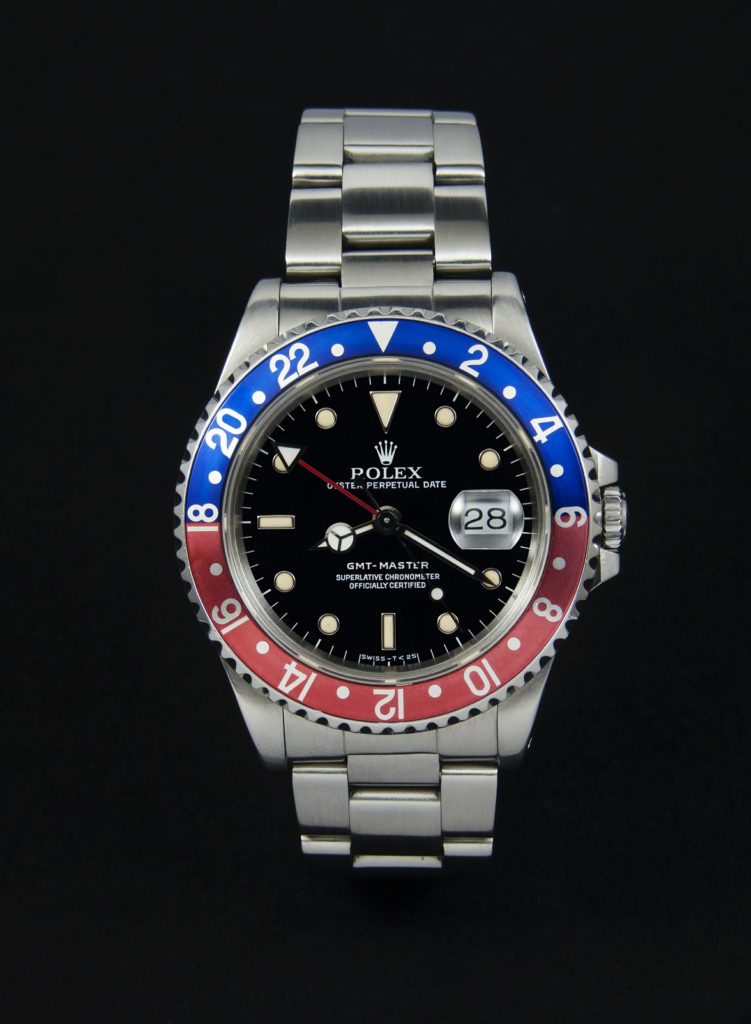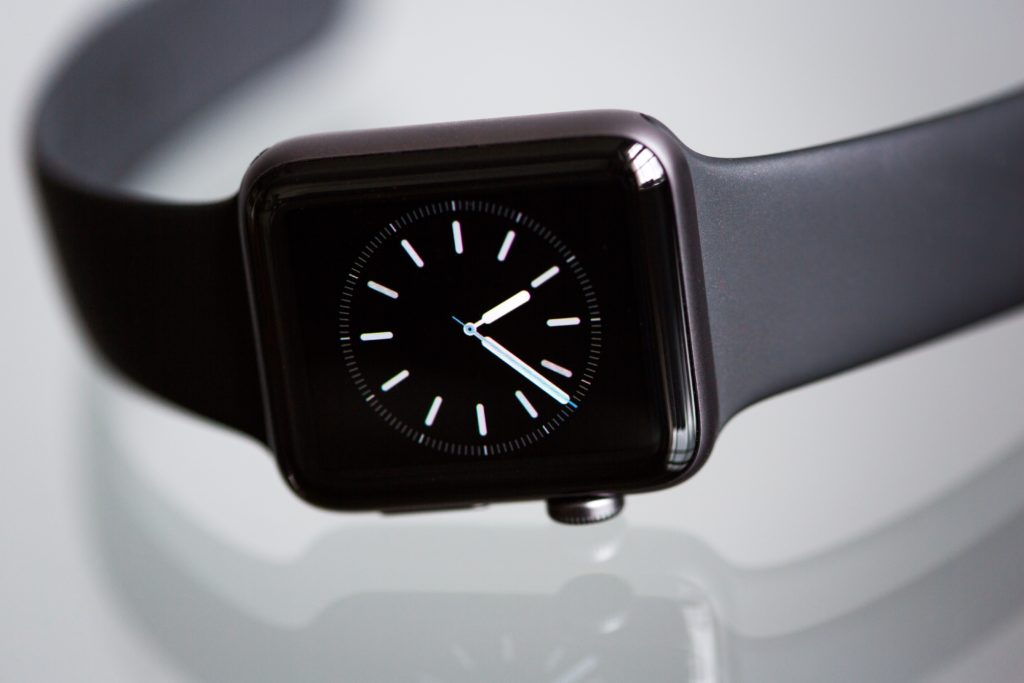Listen to the article by clicking below!
Though most modern watches are exceptionally accurate, timepieces can slow down or speed up, resulting in inaccurate timekeeping. Several different factors can impact watch speed, including gravity, magnetic fields, and sharp impacts.
There are several reasons why your watch might slow down or speed up. Causes vary depending on the type of watch you’re wearing. Still, some of the most common culprits include magnetic fields, internal debris, powerful impacts, and a slack mainspring. A watchmaker can get your watch back on track.
Determining the precise cause of your watch’s speed or slowness can be tricky, but it’s not impossible. This article will explore the potential reasons why a wristwatch might not be keeping accurate time. We’ll also address how you might be able to avoid this issue altogether.
The Reasons Watches Slow Down Based on Watch Type
If your watch is moving too slowly, you can quickly become late to important meetings or get-togethers. But determining the cause behind a suddenly slow watch might be challenging. Fortunately, considering watch type can help you get a head start.
Consequently, we’ve divided the causes of slow watches into distinct categories based on watch type. That way, you can discover what activities or habits might cause a wristwatch to slow down.
Manual Watches
Manual watches require manual winding each day. Wearers twist the crown screw, causing the coil inside to become tighter and more compressed.
This pressure keeps the cogs and wheels inside dutifully moving along. But wearers that forget to wind their wristwatch can wake up to discover the hands moving too slowly.
Other factors that can contribute to a slow-moving mechanical watch include:
- Strong gravitational forces
- Magnetic interference
- Rust and debris inside of the case
- Strong collisions or impacts
Quartz Watches
You don’t need to wind a quartz watch to keep its timekeeping abilities in check. However, you may need to change the battery occasionally.
Coin cell batteries can last between two and five years, and when they’re on their last legs, they might output an insufficient amount of energy. When this happens, your watch hands might begin to swing slowly, reflecting a wrong current time.
Quartz watches are also prone to magnetic interference. If you place or wear your watch in highly magnetic areas, the magnetic field can cause the flow of electricity in the clock to reverse, leading to timing issues or power failure.
Additional causes of a slow quartz watch include:
- Internal debris like dust and dirt
- Intense collisions with hard surfaces or objects
Automatic Watches
Automatic watches share many similarities with mechanical watches, as they don’t typically contain any batteries or electronics. However, unlike manual watches, you don’t need to wind an automatic watch manually. But you’ll need to move around!
If your automatic watch starts tracking time too slowly, there are several potential culprits, including:
- Lack of arm movement
- Dirty or broken components
- Magnetic interference
- Strong collisions
Remember, automatic watches utilize body movements to wind the headspring. So if you’re not moving your arms around during the day, your wristwatch’s timing might begin to falter. Broken components, magnetic interference, and impacts can also contribute to a slow automatic watch.
The Reasons Watches Speed Up Based on Watch Type
Many of the same things that can cause watches to slow down can also make them speed up. And just as with watches that run too slowly, over-fast timepieces can make timeliness nearly impossible.
As such, you’ll want to check out the following reasons why a watch might speed up. As with the previous section, we’ve made things easier by dividing these causes by watch type.
Manual Watches
Many things that can cause a mechanical watch to speed up can also make it move too slowly. For example, a strong gravitational field can pull on a wristwatch from multiple directions, depending on the watch’s orientation.
However, natural forces aren’t the only reasons why a mechanical watch might slow down or stop. Powerful collisions or impacts can also cause a mechanical watch’s cogs to jolt out of place.
Quartz Watches
Strong magnetic fields can interfere with a quartz watch’s power supply, magnetization, and spring movement. Though this interaction can slow down a quartz watch, it can also make it run faster. Naturally, substantial impacts can also cause a watch to skip forward and count quickly.
Automatic Watches
Many automatic watches feature elaborate designs and high-quality components. But these innovative timepieces can speed up if dirt or debris begins to accumulate inside their cases. As with other types of watches, magnetic interference can also contribute to faster gear movements.
How Can You Maintain Correct Time?
Even though several forces and events can impact your watch’s timekeeping abilities, there are also things you can do to help your watch maintain an accurate time.
Some of the best ways you can maintain the correct time on a watch include winding your watch every day, keeping your watch dry, and seeking professional repair services.
Naturally, some of these tasks pertain to specific types of watches. For example, keeping your automatic wristwatch in motion throughout the day is crucial, as this movement keeps the watch wound and accurate. But motion won’t affect a mechanical or quartz watch’s performance.
Now let’s go over the ways to maintain correct time in more detail.
Wind Your Watch Every Day
If you wear a mechanical watch, you’ll want to wind it each day. Doing so will keep the mainspring taut and ensure the cogs move at the proper speed. Forgetting to wind your watch can quickly result in an incorrect displayed time.
Maintain an Active Lifestyle
This particular trick only applies to automatic watches. That’s because automatic watches rely on movement to wind themselves. So if you remain sedentary for an extended period, your watch might not be able to keep its mainspring appropriately taut, resulting in inaccuracies.
Avoid Magnetic Objects
Magnetic objects and metals can reverse your watch’s magnetic polarity just by coming into contact with it. This can lead to sticky mainsprings and changed electrical currents, both of which can impact watch accuracy and timing.
If possible, limit your watch’s contact with magnetic items like smartphones and laptops. It might also be a great idea to avoid easily magnetized metals like nickel or iron.
Be Wary of Impacts
If you drop or bump your watch into a hard surface, this collision can cause the timepiece’s internal mechanisms to shift slightly. A coil or cog out of place can cause your wristwatch to run quickly, slowly, or not at all.
Additionally, if you hit your watch into a rough surface, you can scratch it or even cause more exterior damage.
Keep Your Watch Dry
Moist environments can be detrimental to watches of all types. That’s because humidity can seep into a watch’s internal compartment and condensate there. When this happens, it can lead to rusted cogs, short-circuited microchips, and inaccurate timekeeping.
Seek Professional Repair Services
Perhaps the best way to maintain accurate time is to seek professional repair services when necessary. After all, wristwatches contain tiny parts that are easy to lose and challenging to replace. Entrusting your timepiece to an expert is the most dependable way to keep it ticking correctly.
Conclusion
There are several reasons why a watch might slow down or speed up. The best way to figure out why your watch might be ticking at the wrong rate is to consider its type and recent history. For example, if you wear a quartz watch and recently handled magnets or magnetic objects, the problem might be a change in the watch’s magnetic field.
However, if your automatic watch has stopped ticking, lack of movement might be to blame. Still, there are some universal causes of timekeeping changes, including impacts, internal debris, and damaged components.







